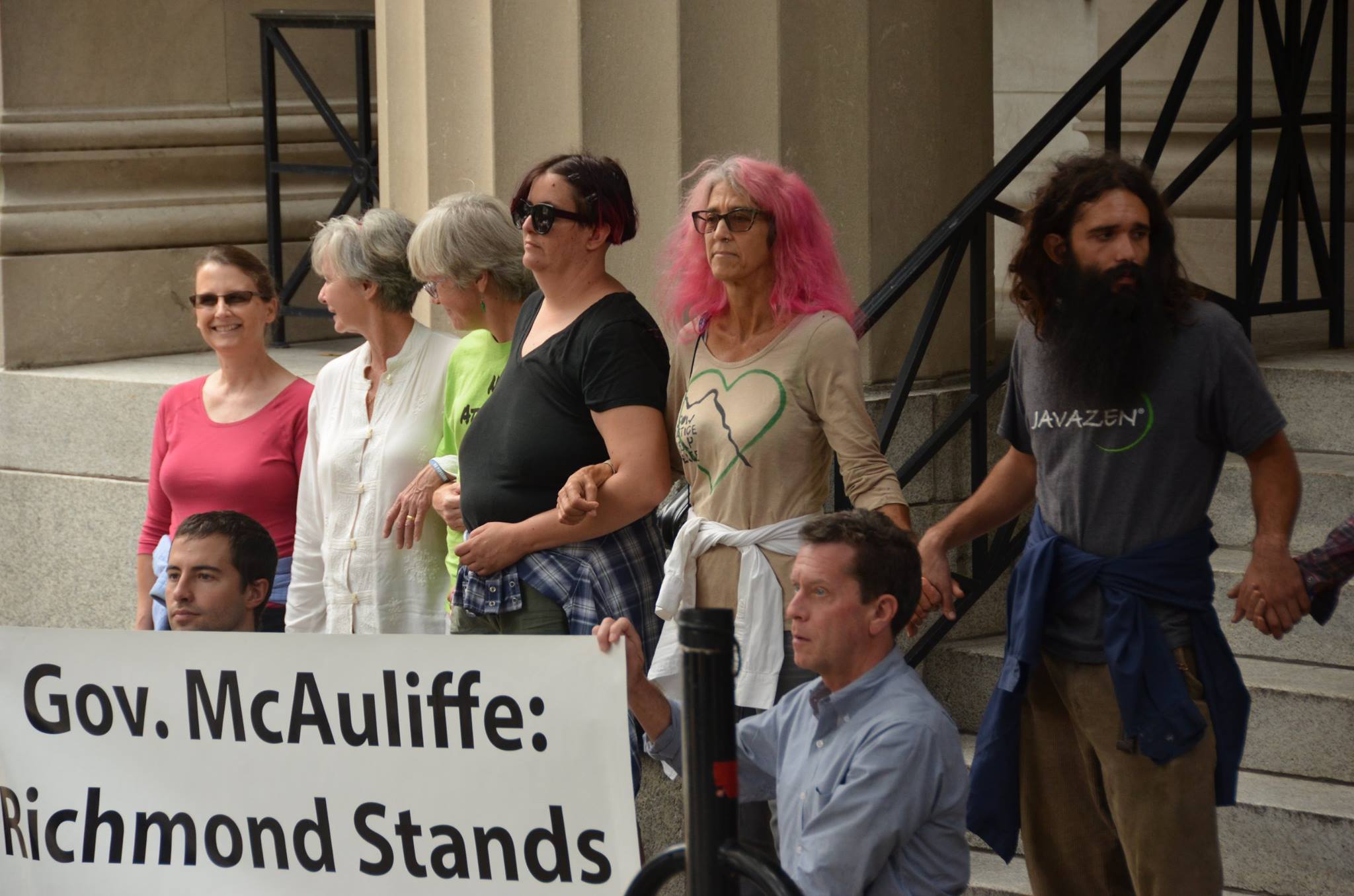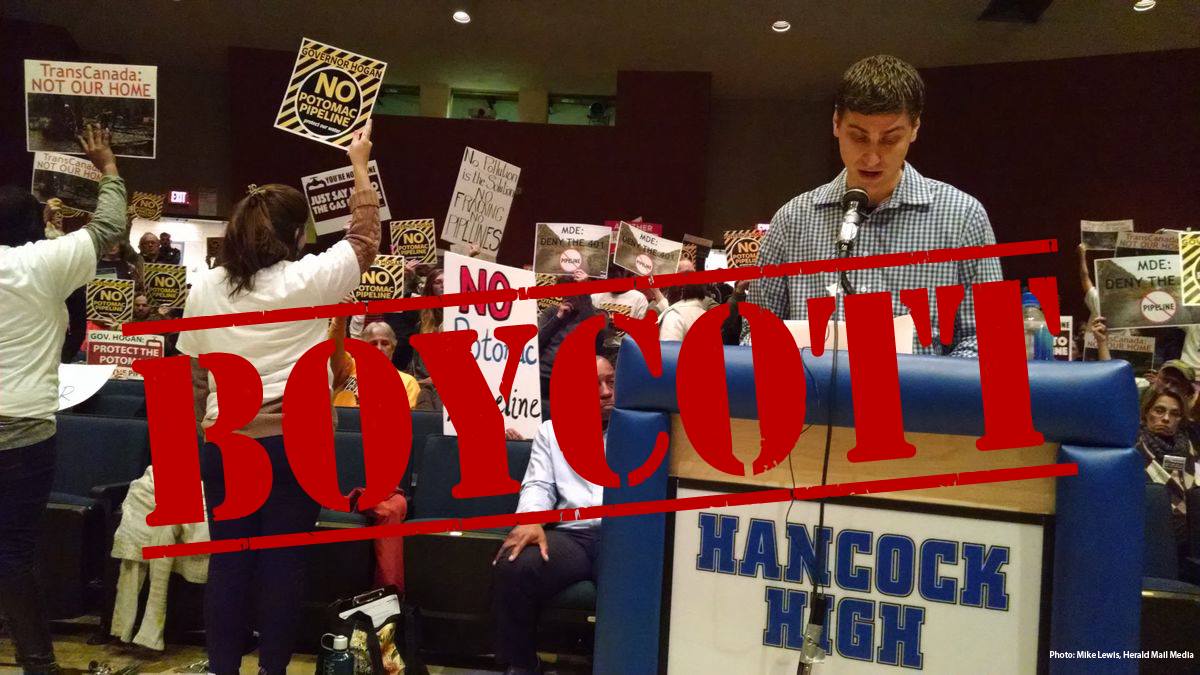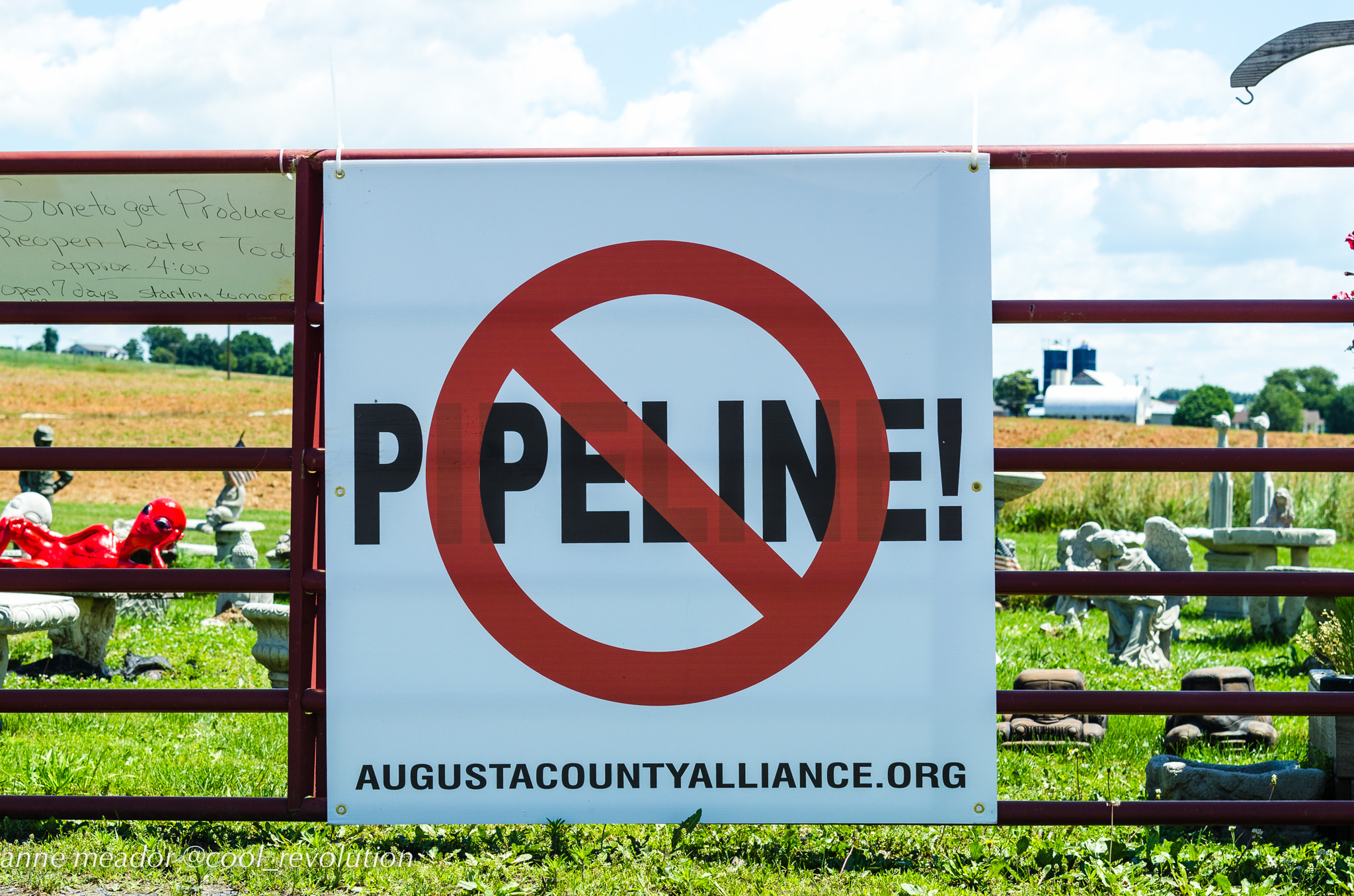FOR IMMEDIATE RELEASE: February 15, 2018
CONTACT:
Denise Robbins; Chesapeake Climate Action Network; denise@chesapeakeclimate.org; 608-620-8819
Brooke Harper; Chesapeake Climate Action Network; brooke@chesapeakeclimate.org; 301-992-6875;
Brent Walls; Upper Potomac Riverkeeper; Brent@upperpotomacriverkeeper.org; 443-480-8970
Laura Steepleton; Eastern Panhandle Protectors, lnsteep@gmail.com; 352-817-4081
Fritz Schneider; Potomac Riverkeeper Network, fritz@prknetwork.org; 301-728-4811
Hundreds Surround Governor Hogan’s Mansion in Unprecedented Action Showing Opposition to TransCanada’s Pipeline for Fracked Gas Across Maryland
Protest takes place days after Maryland lawmakers announced resolve to combat Gov. Hogan’s fracked-gas pipeline expansion plan
ANNAPOLIS, MD– Setting a new bar for protests in Annapolis, hundreds of people today encircled Governor Larry Hogan’s mansion to demand that he stand with concerned residents and protect them from the proposed “Potomac Pipeline” for fracked gas. Singing songs and carrying candles and lit-up signs, the activists stood side by side to urge the Governor to reject TransCanada’s proposal to drill a pipeline underneath the Potomac River and across Maryland
For the first time perhaps ever in an act of protest in Maryland, activists completely surrounded the Governor’s mansion side by side, near an illuminated giant sign that said “Hogan – No Potomac Pipeline.” They were joined by Senator Rich Madaleno (D-18), Delegate Jheanelle Wilkins (D-20), and Delegate Aruna Miller (D-15), as well as West Virginia landowners and leaders.
The “March on the Mansion” united Marylanders, West Virginians, and D.C. residents to call out Governor Hogan for failing to take adequate protective measures regarding the controversial pipeline. The pipeline, officially known as the Eastern Panhandle Expansion Project, would cross Maryland and potentially affect the drinking water for 6 million people in the region. Unless the Hogan Administration immediately launches its own “401 Certification” process that looks cumulatively at the impacts to Maryland’s water from this pipeline, the Governor will be handing over key regulatory powers to the Trump Administration. Construction could begin as early as this year.
For a full fact sheet about Governor Hogan’s ambitious fracked gas plans, click here.
“We are bringing the fight for our drinking water to the steps of Governor Hogan, because all other attempts at getting him to respond or act on his promises have fallen on deaf ears,” said Brent Walls, Upper Potomac Riverkeeper.
“I stood with my constituents last year when they called on Maryland legislators to protect their water, by passing a permanent fracking ban,” said Delegate Jheanelle Wilkins (D-20). “I’m standing with them again to protect Maryland’s drinking water from fracked-gas infrastructure. I’m calling on Governor Hogan say no to TransCanada’s unnecessary pipeline.”
“Governor Hogan is collaborating with Canadian companies to push dangerous fracked-gas pipelines where people don’t want them, and he’s keeping the people of Maryland in the dark,” said Senator Richard Madaleno (D-18). “We can’t allow this to happen. We need to put our family, friends and neighbors first and reject the Potomac Pipeline once and for all.
On Tuesday, February 13, Senator Madaleno and Senator Paul Pinsky (D-22) proposed action to combat Hogan’s intention to invest $100 million in new gas pipelines and instead investing it in workers to repair leaky pipes throughout the state, similar to legislation already passed in New Jersey and Massachusetts.
Documents show that Governor Hogan collaborated with TransCanada to allow the Canadian gas company to carry out a dangerous drilling method called “Horizontal Directional Drilling” for this pipeline without oversight from the Maryland Department of Environment. And despite repeated pleas from groups ranging from the Potomac Riverkeeper Network to the Chesapeake Physicians for Social Responsibility, the Hogan administration refuses to follow a standard set by Virginia and other states when it comes to reviewing impacts to water quality from fracked-gas pipelines.
“The Potomac River is widely treasured as a valuable source of clean drinking water for millions of people and a key part of Maryland’s environment and economy,” said Delegate Aruna Miller (D-15). “We must do everything we can to protect it. Governor Hogan must reject the Potomac Pipeline.”
“Governor Hogan is pushing for this pipeline while saying he supports the Paris Climate Agreement, even as scientists confirm that fracked gas is essentially as harmful to the climate as coal,” said
Mike Tidwell, Executive Director of Chesapeake Climate Action Network. “Governor Hogan is trying to drag us back to the dark ages on climate. He needs to reject this nonsense and instead focus on bringing clean renewable energy to the state.”
“Governor Hogan must instruct Maryland Department of the Environment to finally take a close look at the depth of TransCanada’s threat to our drinking water,” said Wenonah Hauter, Executive Director of Food & Water Watch. “In allowing this pipeline to breeze through, he’s borrowing from Trump’s playbook and letting corporations profit while communities bear the harmful burdens.”
For months, environmental groups have been asking Hogan’s Maryland Department of the Environment to conduct an individual water certification process — a power granted to states under section 401 of the Clean Water Act . This process would allow for a formal public comment period and more detailed hearings on this matter. Despite multiple requests from the public, elected officials, impacted towns and counties, MDE continues to rely on Trump-appointed officials at the Federal Energy Regulatory Commission and the Army Corps of Engineers to review potential impacts from the fracked-gas pipeline project.
“This pipeline is supposed to come within 500 feet of my house, where I live with my two kids. I am not okay with living near a pipeline that keeps my children up at night in fear,” said West Virginia resident Jessie Ward.
“My hope is that Gov Hogan will rule with his mind and his heart and stop this fracked gas pipeline from going under the Potomac River,” said Patty Kesecker, West Virginia Landowner who is being sued by Mountaineer Gas.
“We’re here in Annapolis to urge Hogan do the right thing by Marylanders and everyone in the region and protect the Potomac River and deny the 401 certification for the TransCanada Pipeline,” said Laura Steepleton of Eastern Panhandle Protectors.
In January, a coalition of key environmental groups released a letter announcing a boycott of Governor Hogan’s environmental review process for the pipeline, calling it “illegitimate.” The March on the Mansion is a continuation of this boycott.
Organizations participating in the action include the Chesapeake Climate Action Network, Eastern Panhandle Protectors, Upper Potomac Riverkeeper, Potomac Riverkeeper Network, Waterkeepers Chesapeake, Maryland Sierra Club, DC 350, Food and Water Watch, and Frack-Free Frostburg.
###

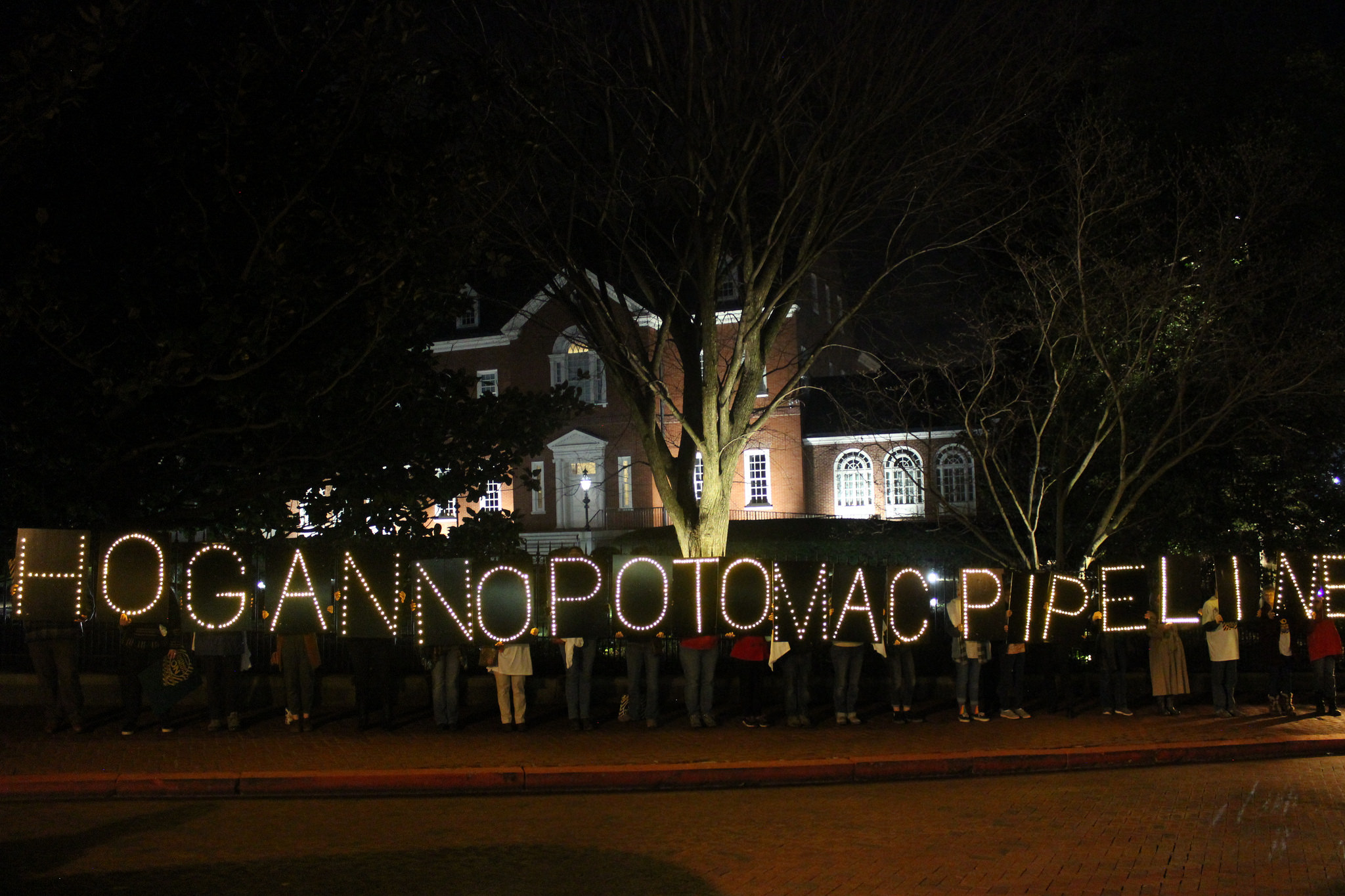
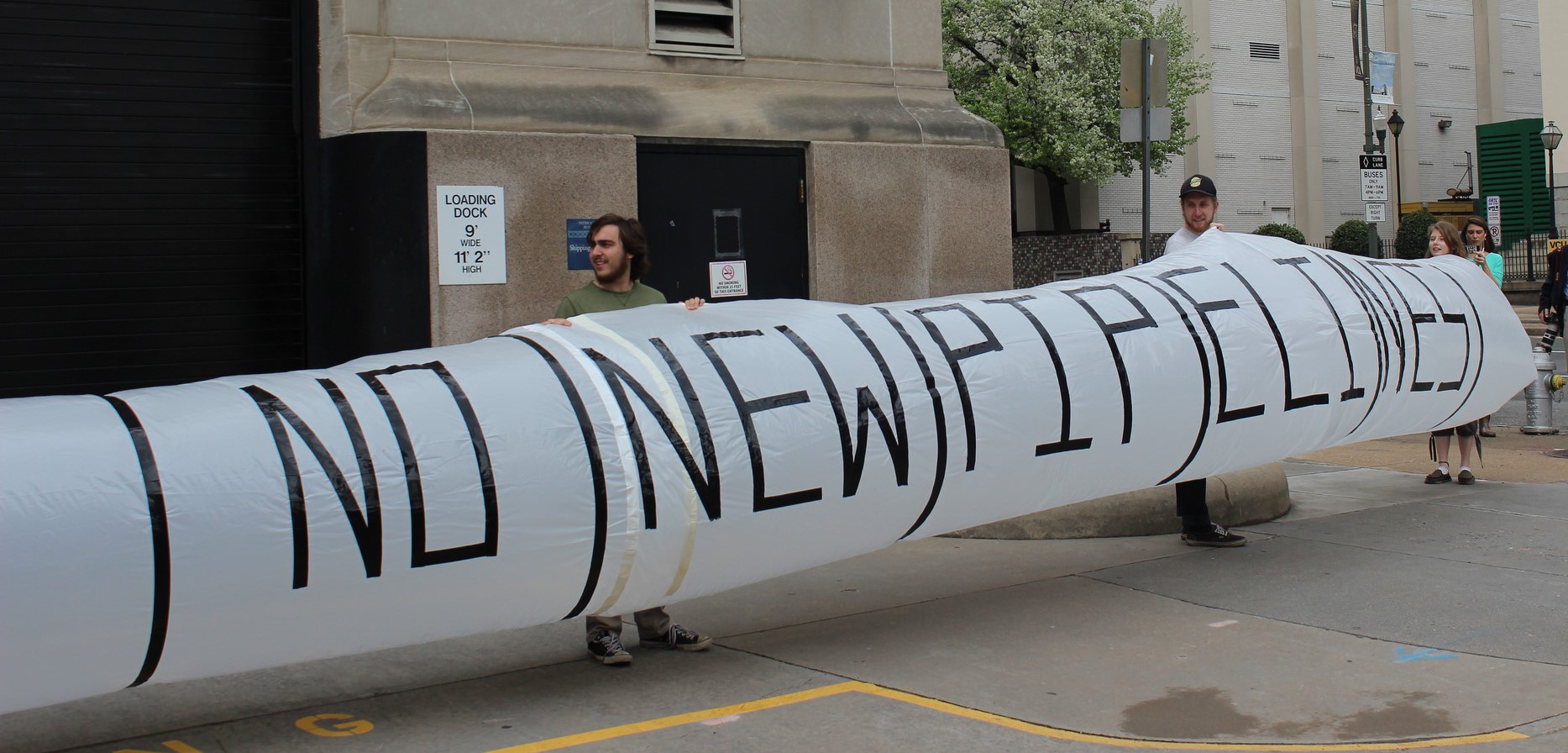
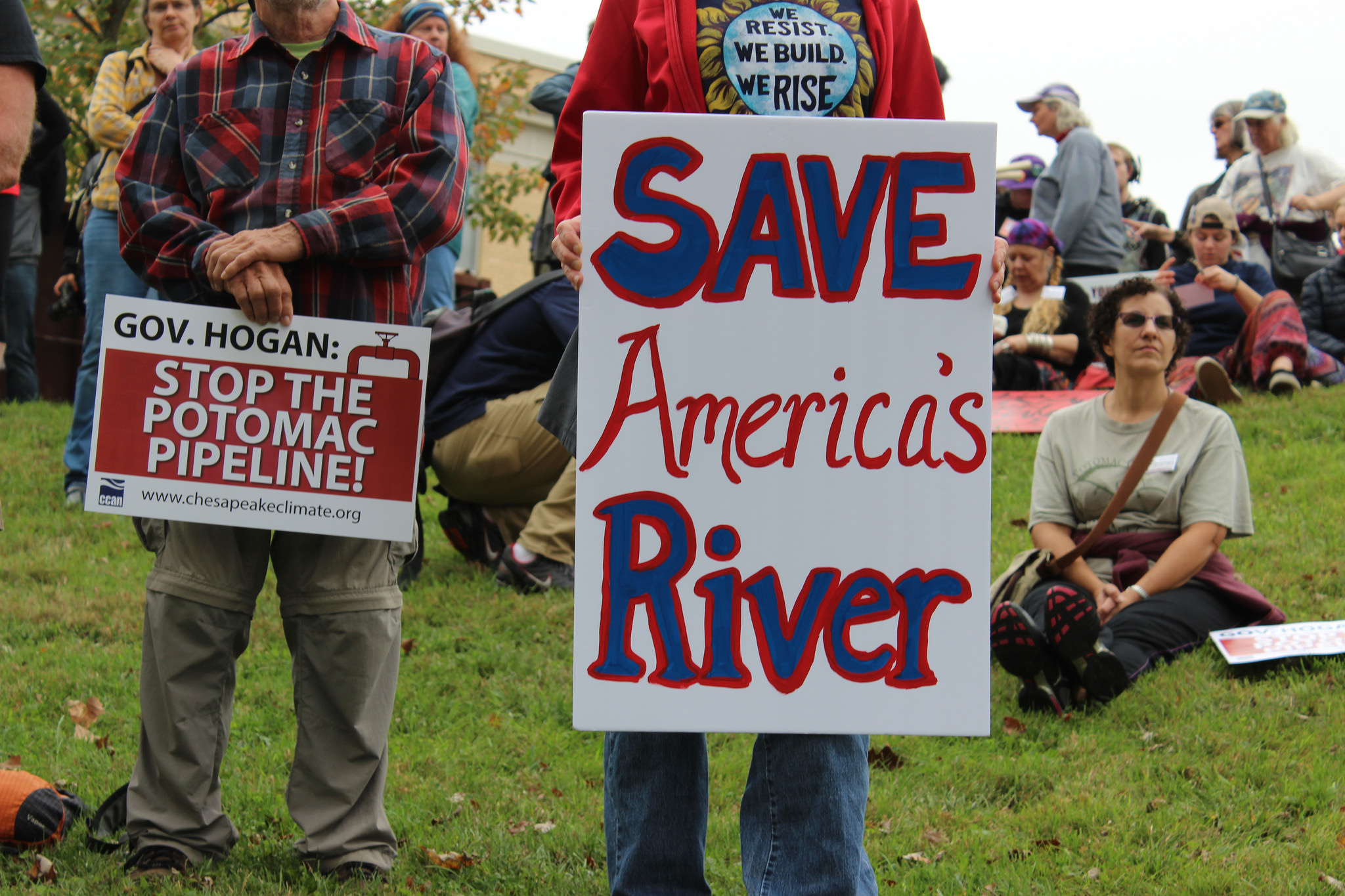
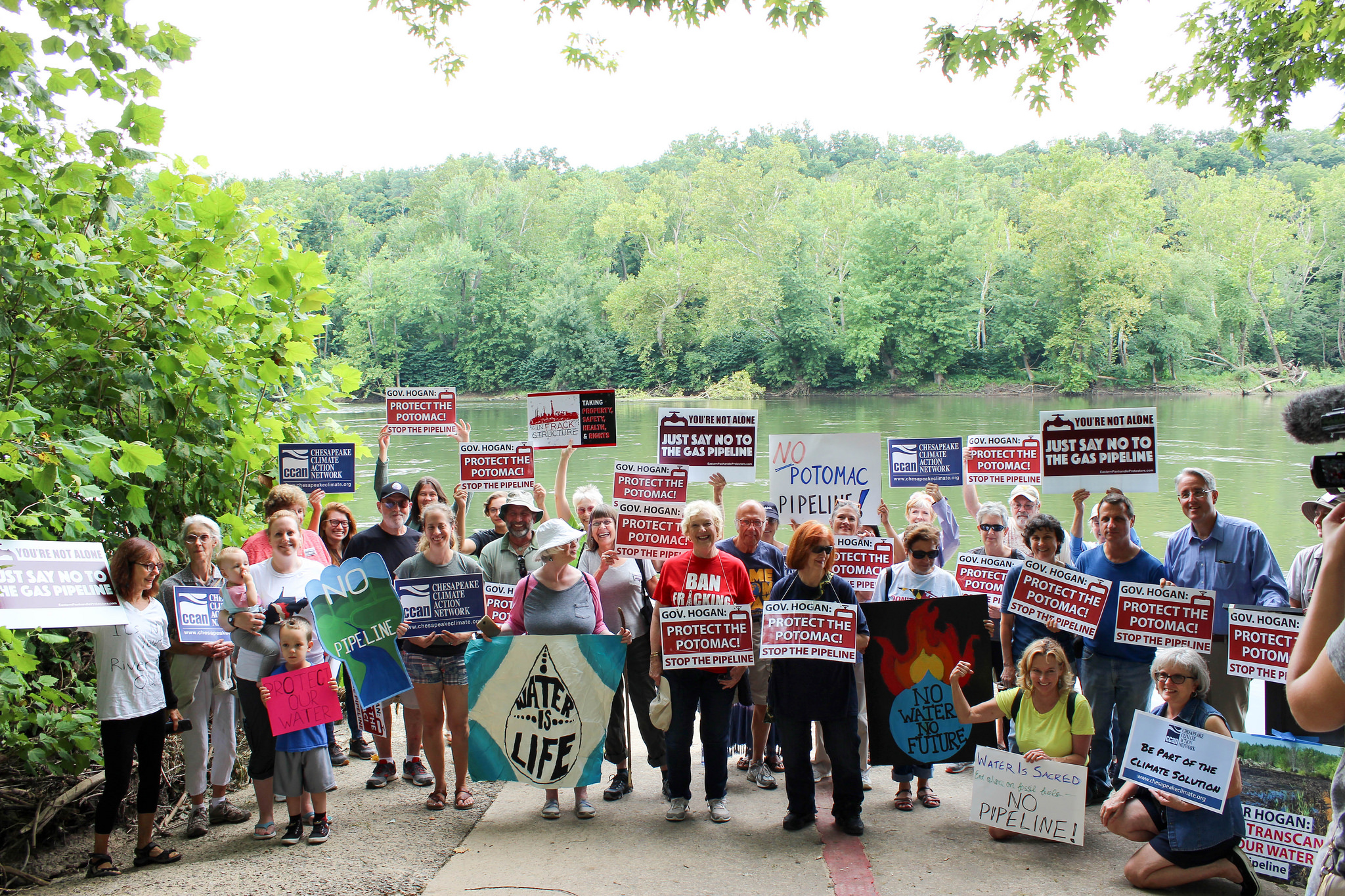



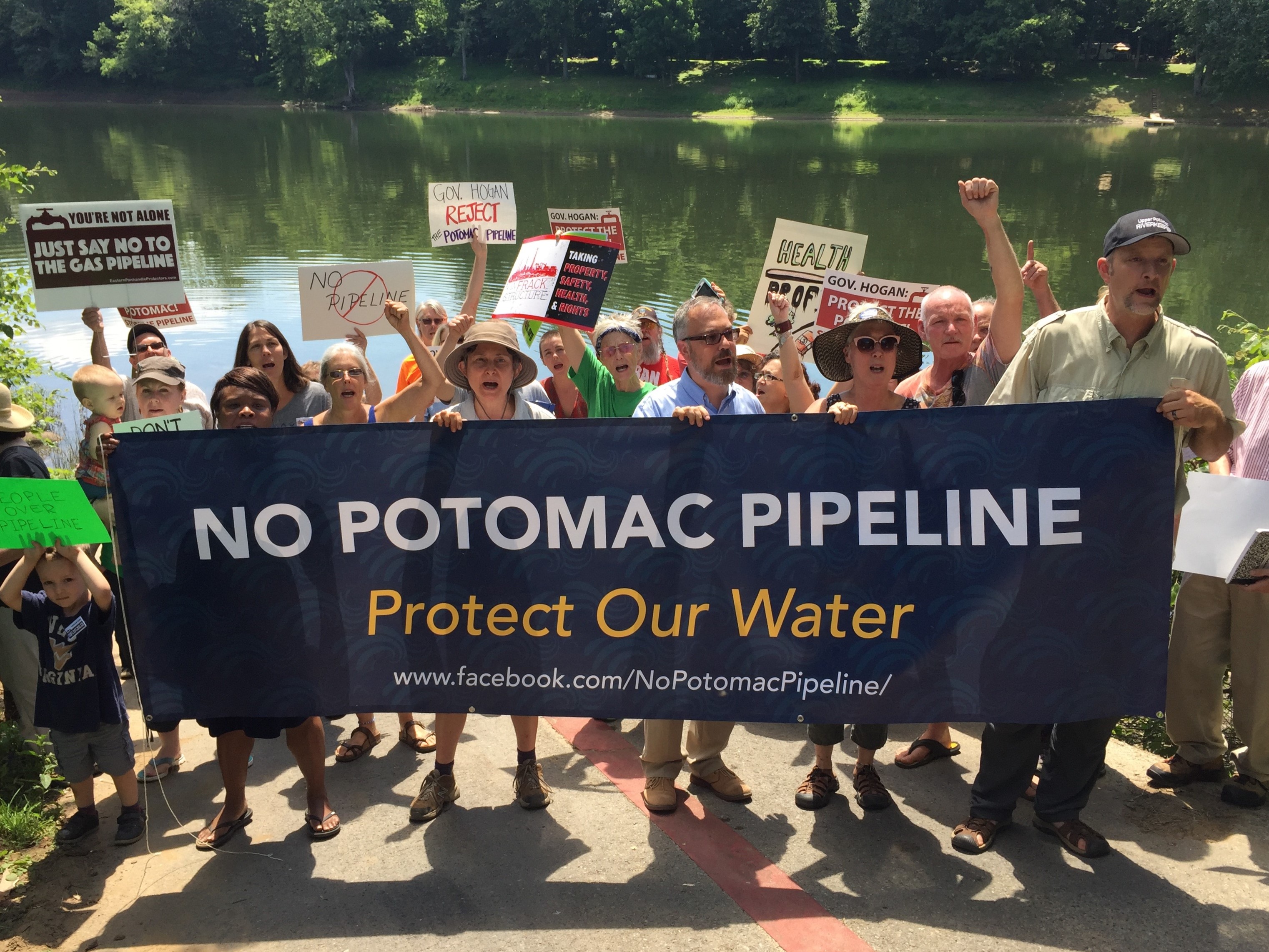
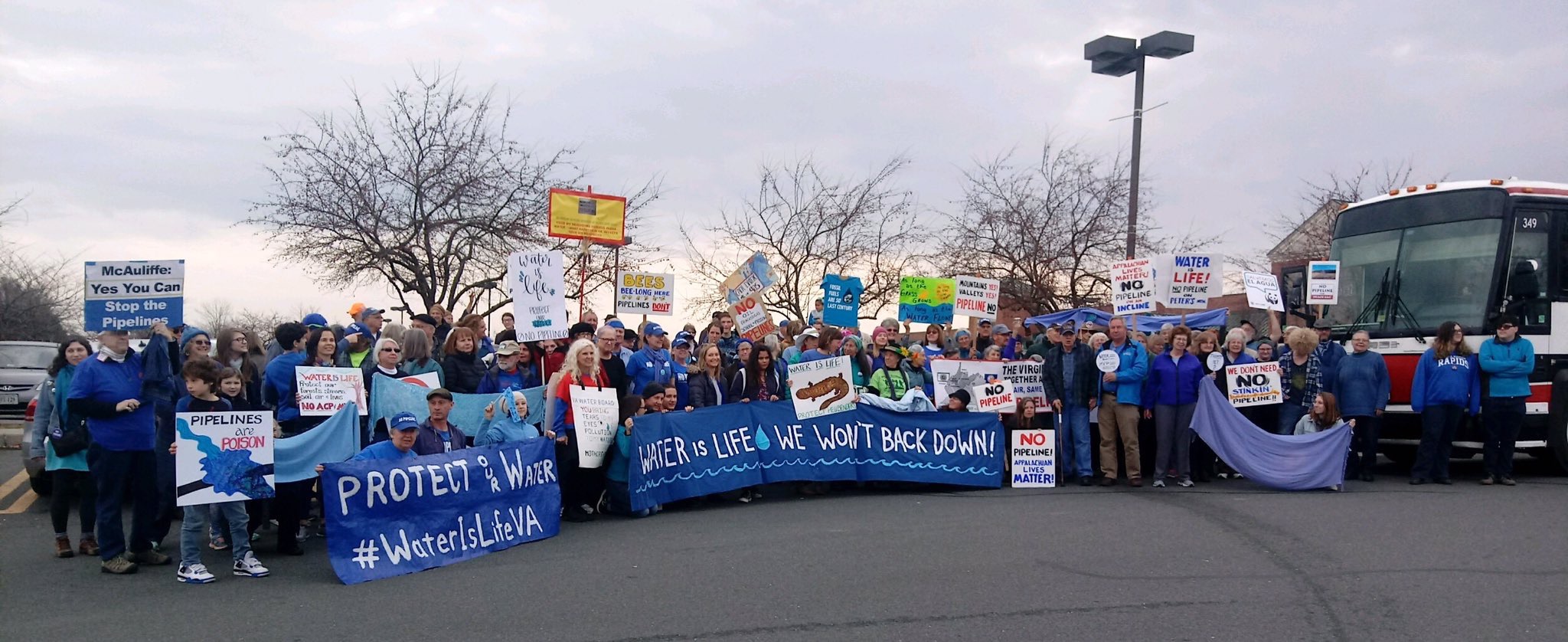
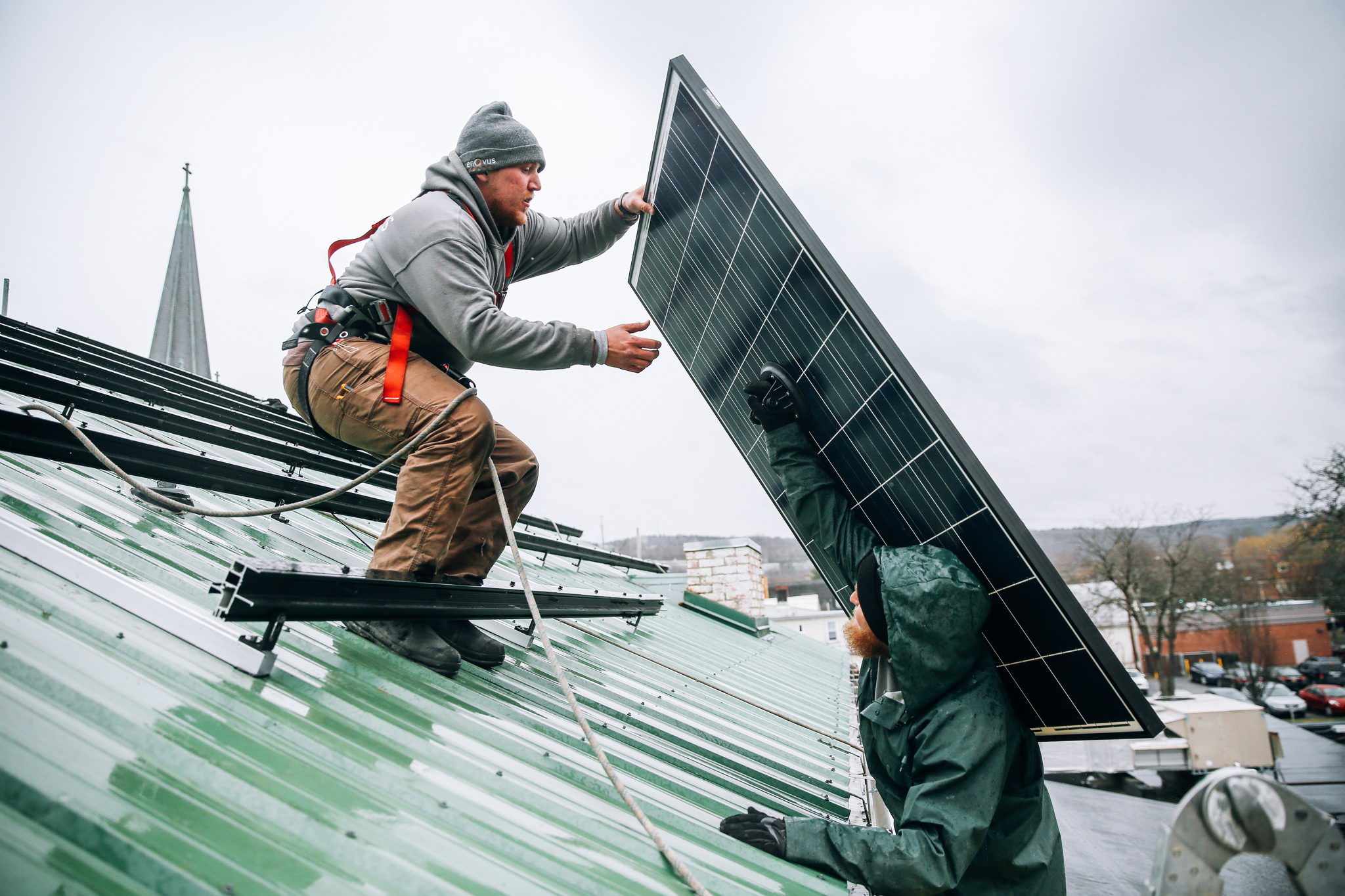
 While the United States solar industry continues to grow, creating sustainable power and job opportunities nationwide, it has a long way to go before it is on par with European countries like
While the United States solar industry continues to grow, creating sustainable power and job opportunities nationwide, it has a long way to go before it is on par with European countries like 